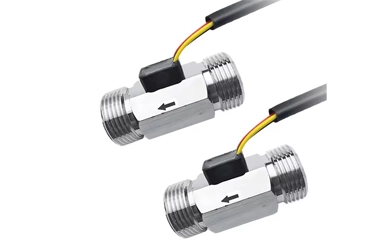Toroidal transformers are essential for efficient power management across various applications, from audio systems to industrial machinery. Their compact, ring-shaped design provides unique advantages, but achieving optimal performance demands careful design and close collaboration with expert suppliers. Custom toroidal transformers can be tailored to meet specific needs, balancing critical factors such as power rating, voltage compatibility, and noise reduction. This guide explores the key considerations for designing these transformers and offers practical advice for working with suppliers to ensure a successful outcome.
Designing a toroidal transformer that meets the demands of a specific application requires careful attention to several interconnected factors.
The transformer must handle the intended load without overheating or risking damage, which necessitates accurate calculation of power requirements to ensure reliability and longevity. Equally important is matching input and output voltages to prevent inefficiencies or potential harm to connected systems.
The choice of core material, such as grain-oriented silicon steel or ferrite, plays a pivotal role in determining magnetic flux and overall performance, with each material offering trade-offs in efficiency, cost, and suitability for specific applications.
Winding techniques, such as bank winding, can reduce voltage stress and protect against power spikes, enhancing durability and performance. The mounting method, whether a single bolt, resin potting, or another approach, must align with the application's spatial and mechanical constraints.
High-efficiency designs are crucial for minimizing energy losses, reducing operational costs, and lowering environmental impact. For noise-sensitive applications like audio equipment, careful selection of winding techniques and core materials can significantly reduce audible hum.
While toroidal transformers are inherently compact, specific size and weight constraints must be addressed to fit the application.
Compliance with industry standards and regulations ensures safety and compatibility with global markets, and environmental factors like operating temperature and humidity must be considered to guarantee reliable performance in real-world conditions.
Partnering with an experienced supplier is vital for translating design requirements into a high-performing toroidal transformer.
Close collaboration with suppliers allows for refined designs that optimize performance while meeting specific needs. Customization is a key advantage, enabling tailored specifications such as specialized windings or unique mounting configurations to ensure a perfect fit for the application.
Working with suppliers to select the optimal core material, such as ferrite for high-frequency applications or silicon steel for low-frequency systems, helps balance performance and cost. Exploring advanced winding methods, like bank winding, can improve efficiency and reduce noise, with suppliers offering recommendations that align with your goals.
Ensuring the mounting method suits the application's mechanical and spatial constraints requires joint effort with suppliers. Rigorous testing is essential to confirm that the transformer meets performance specifications and operates reliably under expected conditions.
Clearly documenting requirements, including voltage, power, and environmental conditions, prevents miscommunication and ensures the design aligns with your needs.
Finally, encouraging suppliers to share insights on potential design improvements or trade-offs can optimize both performance and cost, leading to a more effective solution.
